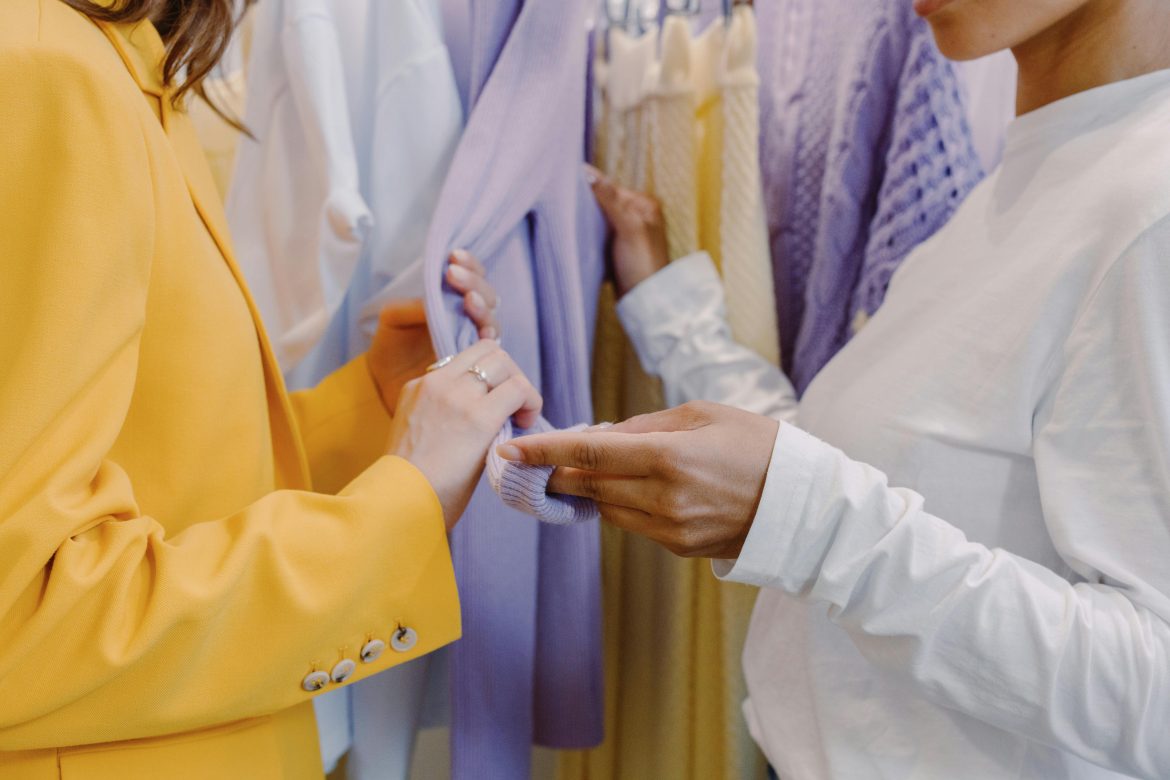Colour blocking has made a bold return to the fashion spotlight, and it’s easy to see why. A favourite of designers and fashion editors alike, this eye-catching trend plays with contrasting hues and structured panels to create visually striking outfits that flatter the figure and radiate confidence. Whether you’re dressing for a party or looking to refresh your everyday wardrobe, mastering colour blocking can inject energy and sophistication into your personal style.
ALSO SEE: Summer scarf styling hacks you’ll see everywhere this winter
Understanding colour blocking
Colour blocking is a fashion technique that involves pairing solid blocks of contrasting or complementary colours within one outfit. While it often appears in dresses that feature panelled fabrics in different shades, it can also be achieved by combining individual garments in distinct colours.
Originally popularised in the 1960s and revived in the mid to late 2000s, colour blocking has evolved to become more refined and wearable. By using bold colour contrasts and strategic placement, designers create visual interest while enhancing the body’s natural shape. This makes the trend not only stylish but also incredibly flattering.
Why colour blocking is back
The resurgence of colour blocking isn’t just a matter of nostalgia. Fashion is cyclical, and panelled styles have re-emerged with a modern twist. Designers are embracing vibrant hues and clean silhouettes to offer fresh, contemporary takes on this classic trend. The appeal lies in its versatility – colour block pieces can be playful or polished, making them suitable for both casual and formal occasions.
What’s more, the strategic use of darker or lighter shades in specific areas of a garment can create the illusion of a slimmer waist, longer legs, or an overall balanced silhouette. For this reason, colour blocking is often used in fit-and-flare dresses or tailored pieces to highlight the wearer’s best features.
How to embrace colour blocking in your wardrobe
Incorporating colour blocking into your own wardrobe doesn’t require a complete style overhaul. Here’s how you can embrace the trend with confidence:
1. Start with dresses
Dresses are the easiest way to try out colour blocking. Look for styles that feature bold panels across the waist, hips or hemline. The contrast can enhance your natural shape and make a striking statement without needing additional accessories.
2. Choose flattering colour combinations
Not all colours work well together, so choose combinations that suit your skin tone and personal style. Classic pairings such as navy and maroon, or more playful mixes like yellow and cobalt blue, can add flair without overwhelming your look.
3. Keep accessories minimal
With colour blocking, the outfit is the main attraction. To avoid clashing, opt for neutral or metallic accessories. Nude heels, minimalist jewellery and a simple clutch will complement rather than compete with your ensemble.
4. Experiment with layers
For a more sophisticated take, try layering colour blocked pieces under structured blazers or pairing with monochrome outerwear. This works especially well in office environments or more formal settings where you want to strike a balance between fashion-forward and professional.
5. Use colour placement strategically
If your goal is to create an illusion effect, pay attention to where the colours are placed. Darker shades at the waist can slim your midsection, while vertical panels can elongate your figure. Understanding these visual tricks can help you select pieces that enhance your body shape.
Colour blocking is more than just a passing trend – it’s a powerful styling technique that combines bold aesthetics with flattering design. Whether you’re drawn to vibrant summer shades or prefer darker, more muted tones, colour blocking offers a fresh way to express your individuality through fashion. By starting with the right pieces and keeping your accessories simple, you can easily master this trend and make a stylish impact wherever you go.
ALSO SEE:
How to nail Japanese-inspired style in your 40s (and beyond)
Featured Image: Pexels

